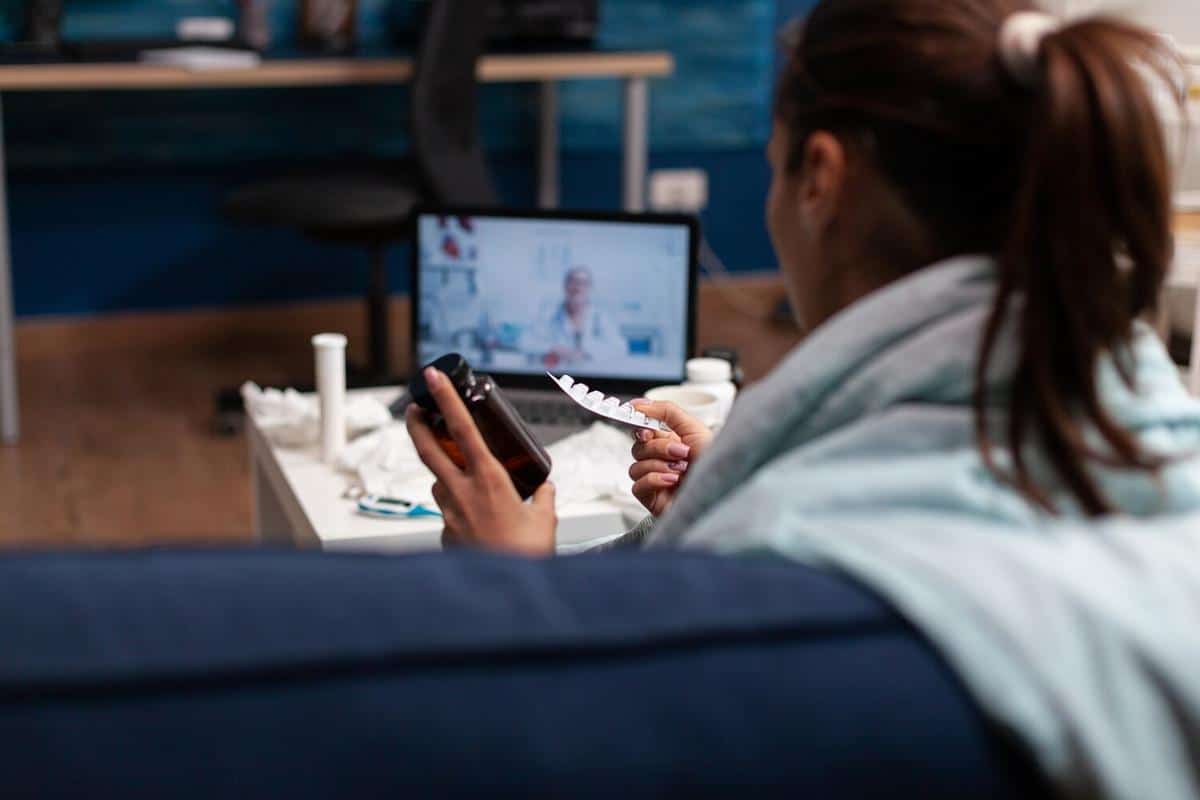
IoT in Healthcare: Remote Monitoring and Beyond
The convergence of technology and healthcare is revolutionizing how medical services are delivered, with the Internet of Things (IoT) leading this wave of innovation. As healthcare systems worldwide strive for efficiency and patient-centered care, IoT in healthcare, particularly in remote monitoring, is proving to be transformative.
Understanding IoT in Healthcare
IoT in healthcare refers to the interconnected network of devices that collect and exchange health data. This technology enables real-time monitoring, which can significantly improve patient outcomes. According to a report from Mordor Intelligence, the IoT in healthcare market was valued at USD 72.5 billion in 2020 and is projected to reach USD 188.2 billion by 2025, highlighting its rapid growth and potential impact.
Remote Monitoring: A Game Changer
Remote monitoring through IoT devices is particularly beneficial for managing chronic conditions. For instance, patients with diabetes can use IoT-enabled glucose monitors to track their blood sugar levels continuously. This data can be shared with healthcare providers to adjust treatment plans promptly. Dr. Michael Smith, a healthcare technology expert, notes, “The ability to monitor patients remotely reduces hospital admissions and allows for timely interventions.”
Real-Life Example
Consider the case of Tom, a heart patient using a wearable device that tracks vital signs. His device detected abnormal heart rhythms, which were immediately communicated to his doctor, leading to a swift intervention that prevented a potential cardiac event.
Benefits of IoT in Healthcare
- Enhanced patient engagement
- Reduced healthcare costs
- Improved treatment outcomes
- Facilitated chronic disease management
These benefits underscore why many healthcare providers are integrating IoT solutions into their systems.
When choosing IoT devices for healthcare, consider those that offer seamless integration with existing medical records for a comprehensive view of patient health.
Challenges to Consider
Despite its advantages, IoT in healthcare faces challenges such as data security and privacy concerns. Ensuring that patient data is protected while being accessible to healthcare providers is paramount.
Future of IoT in Healthcare
The future of IoT in healthcare looks promising with advancements in AI and machine learning. These technologies will enhance the capabilities of IoT devices, making them smarter and more intuitive.
Frequently Asked Questions
How does IoT improve patient care?
IoT allows for continuous monitoring and real-time data sharing, leading to more personalized and timely care.
Are there any risks with IoT in healthcare?
Data security and privacy are the main concerns, requiring robust measures to protect sensitive health information.
What is the future of IoT in healthcare?
With the integration of AI, IoT devices will become more sophisticated, offering improved diagnostics and patient monitoring.
Conclusion
IoT in healthcare is more than just a technological trend; it is a pivotal element in the evolution of medical care. From remote monitoring to predictive analytics, the possibilities are vast and exciting. As healthcare continues to embrace IoT, patients can look forward to more personalized, efficient, and effective care. For healthcare providers, now is the time to explore IoT solutions that align with their goals and patient needs.